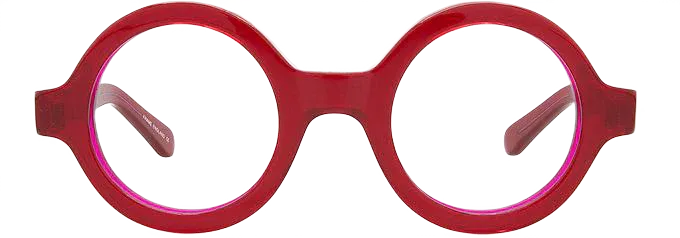FinOps+ wants to eat the world (but most practitioners are still chewing cloud)
FinOps+ and Scopes promise to expand FinOps beyond cloud. It’s ambitious—but for most teams, still out of reach. Here’s why it matters, how it fits the Foundation’s mission, and a simple way to turn that ambition into something you can use today.

The context
I’ve just looked again at the Scopes in the FinOps Framework. I get them, I really do. But every time I read them, I can’t shake the feeling that something’s missing. They’re too high-level, too airy. It’s exciting to say the framework applies everywhere, but when you try to use it, there’s no detail on how. It’s all architecture and no plumbing.
I you prefer to listen, the audio version is available on YouTube
When I first heard JR talk about Scopes, I was skeptical. It sounded like a marketing trick—an elegant way to expand FinOps without admitting it was being stretched. “Look,” it said, “our framework works for everything!” Sure, but FinOps was born in the cloud. Extending it to SaaS, data, or on-prem sounds simple only if you’ve never tried.
FinOps is already hard enough as it is. Most teams are still learning to make it work day to day. Then why add more weight before the basics stick? Instead of stretching it wider to cover everything from Snowflake to on-prem, maybe we should go deeper. Make it work better. Understand the tensions, the handoffs, the places where data meets decision. Expanding too fast risks losing the sharpness that made FinOps valuable in the first place.
Yet, to be fair, the move toward Scopes isn’t a mistake—it’s evolution. The FinOps Foundation has always said its mission is to help practitioners. Some are already way ahead, experimenting at the bleeding edge, inventing what FinOps will look like next. The Foundation’s job is to catch up. Not in a bad way, but to formalise those discoveries, to make them official. That’s brilliant, and necessary.
The trade-off is that as FinOps grows up, its documentation grows out. For newcomers, the material can feel overwhelming: too broad, too theoretical, sometimes even contradictory. It’s the natural side-effect of a field moving fast while thousands of new people are still joining. The working groups are doing the detailed work—like the Data Cloud Working Group I joined, which is doing an excellent job of specialising the framework. But the distance between “what’s being invented” and “what’s being learned” keeps widening.
But here’s the twist.
For all its rough edges, FinOps is still the closest we’ve ever come to measuring the value of IT.
Every company knows it needs technology. Few know what that technology is worth. We rebuild CRMs, reinvent cloud management platforms, duplicate systems that already exist, and somehow call it progress. The cloud changed that. It gave us data that’s fresh, granular, and uncomfortably honest. For the first time, we could connect usage to value—or at least to cost.
That’s what makes Scopes interesting. They hint at a world where FinOps principles might help us understand not only how much IT costs, but how well it performs: where budgets, servers, and access can move dynamically, reflecting real needs instead of frozen org charts.
So yes, Scopes still feel abstract. But they point in the right direction.
After sixty years of IT, FinOps remains the only discipline that even comes close to aligning technology with business value.
And here’s something practical.
Taking inspiration from Scopes, I’d invite any FinOps practitioner to notice that not every part of the Framework matters equally to everyone. A Scope highlights that some capabilities are less relevant in certain contexts, or simply less urgent right now. You can do the same for yourself.
Take the Framework and mark it up. Which parts matter today, in your company, your industry, your career stage, even this quarter or this month? Which capabilities do you actually need to develop, and which can safely wait?
Then take time to look at each capability again. Take it slowly. Read the FinOps Foundation’s definition in detail. Do a few per day, maybe three to five at most. For each one, ask yourself: how far do I want to go here? Do I want to crawl, walk, run—or push beyond that? Do I want to be bleeding-edge, or just “good enough”? Maybe even “ignore entirely.” That’s fine too. The goal is not to tick boxes; it’s to understand your direction.
To make it visible, print the FinOps Framework poster and turn it into your own map. Use red numbers for where you want to be, black for where you are today. Update it every few months. Watch the deltas move. That visual alone will help you see your strategy forming. It will sharpen your story—upward to leadership and downward to your teams.
And here’s the quiet advantage: a simple annotated framework gives you influence. You can point to it and say, “this is what we’re working on, and why.” It turns ambition into conversation—and that’s when FinOps becomes more than a cost discipline. It becomes a shared direction.
So: good job, FinOps Foundation. Against all odds, I’m starting to like Scopes.
Now, let’s make sure the rest of us can chew before we start eating the world.




Comments ()